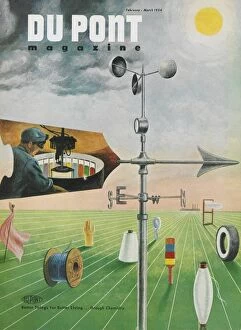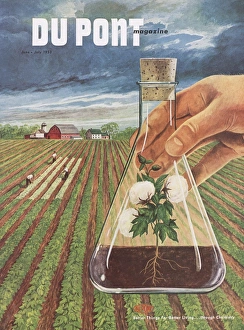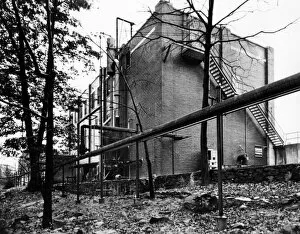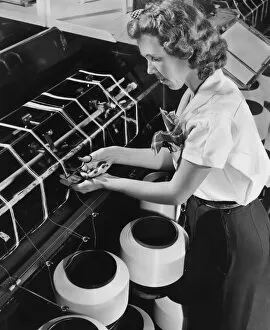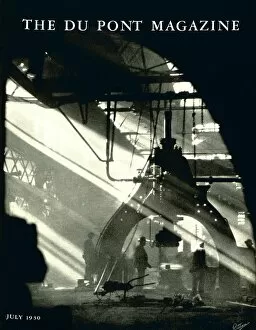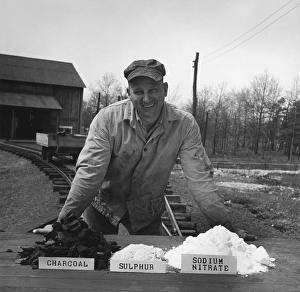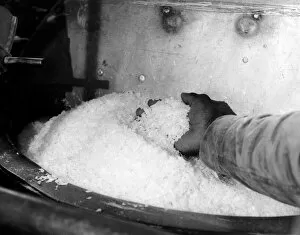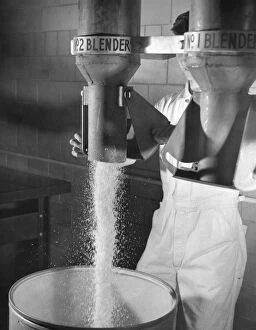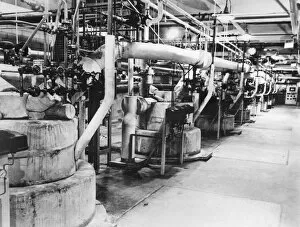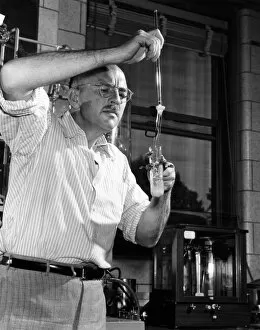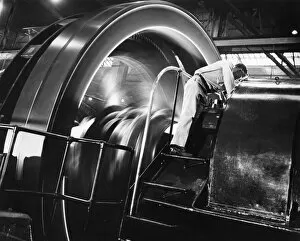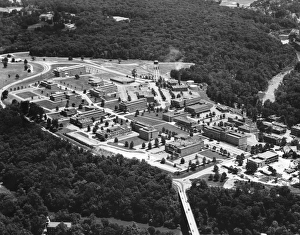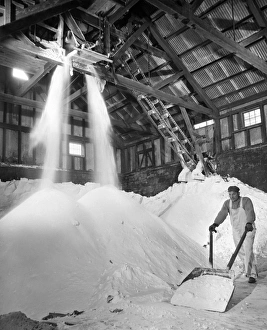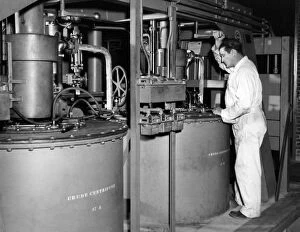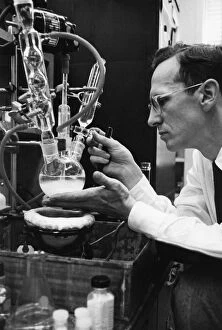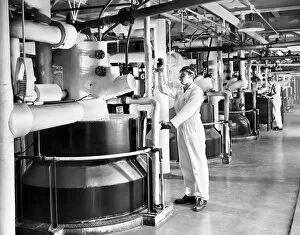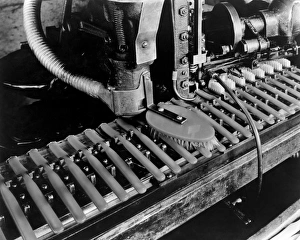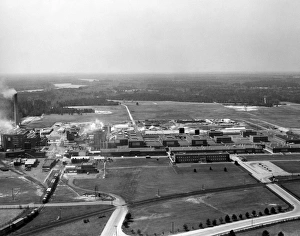Dupont Company Collection
"Discovering the Innovations: A Journey through DuPont Company's Legacy" Step back in time and explore the fascinating history of DuPont Company
All Professionally Made to Order for Quick Shipping
"Discovering the Innovations: A Journey through DuPont Company's Legacy" Step back in time and explore the fascinating history of DuPont Company, a trailblazer in scientific advancements. From revolutionizing everyday objects to transforming industries, this renowned company has left an indelible mark on society. In 1939, DuPont unveiled its groundbreaking invention – nylon stockings. These luxurious accessories became an instant sensation after World War II, symbolizing elegance and femininity. The Nylon stockings exhibition showcased their allure and captured the imagination of women worldwide (Nylon stockings exhibition, 1939 C018 / 0643). DuPont's commitment to research was evident throughout its journey. In the 1940s, they pioneered nylon production techniques that forever changed manufacturing processes (Nylon production, 1940s C018 / 0670). Their dedication extended beyond fashion as they delved into agricultural research in 1953, striving to enhance farming practices for a better tomorrow (DuPont and agricultural research, 1953 C019 /1285). The company's relentless pursuit of innovation continued with Teflon research during the same era. This revolutionary non-stick coating transformed cooking experiences around the globe (Teflon research, 1940s C018 /0646). Meanwhile, their tireless efforts also led them to delve into toothbrush technology in the early days of nylon development (Nylon toothbrush research, 1930s C018/0677). DuPont never shied away from challenges; instead it embraced them head-on. During World War II when gunpowder played a crucial role in warfare strategies, the company played its part by providing essential ingredients for this critical resource (Gunpowder ingredients, 1940sC018/0681). Product testing was another area where DuPont excelled. In collaboration with experts, the company ensured quality control while constantly improving their offerings (DuPont and product testing, 1954 C019/1286).



